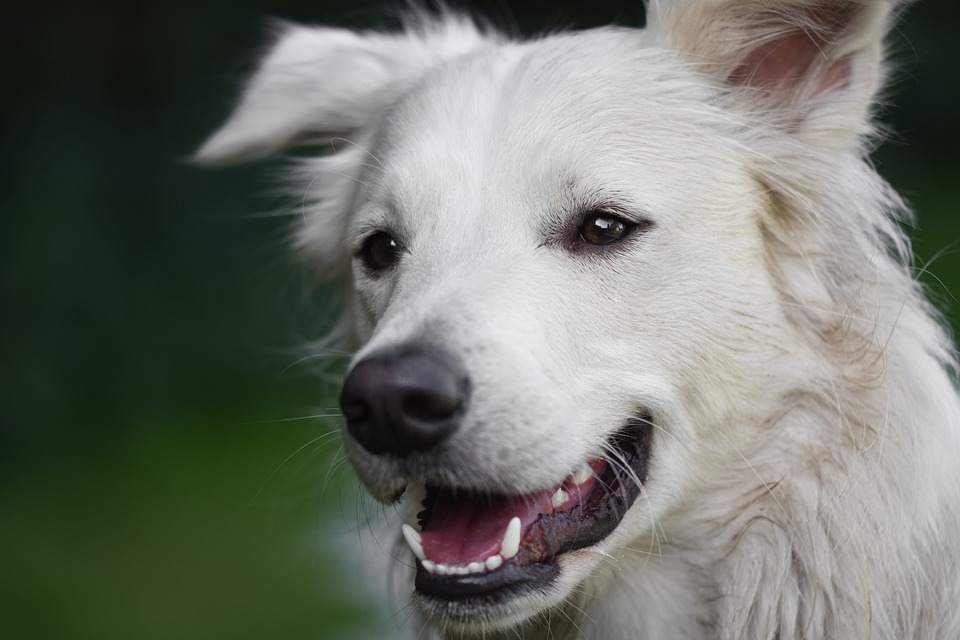## **Introduction**
As responsible dog owners, it is crucial to prioritize the safety of our furry friends, especially when it comes to crossing roads. Teaching dogs to wait at the curb before crossing not only prevents accidents but also instills discipline and obedience. In this article, we will discuss effective techniques and tips for training dogs to wait at the curb, ensuring their safety and the peace of mind of every pet owner.
## **Why Teaching Dogs to Wait at the Curb is Important**
Crossing roads can be dangerous for dogs, as they may impulsively dash across without considering the oncoming vehicles. By teaching them to wait at the curb, we minimize the risk of accidents, ensuring their well-being and preventing potential injuries.
## **Step-by-Step Guide to Teach Dogs to Wait at the Curb**
### Step 1: Establish a Solid Foundation of Basic Commands
Before embarking on curb training, your dog should be familiar with basic commands such as “sit,” “stay,” and “come.” These commands form the foundation for teaching them to wait at the curb.
### Step 2: Find a Safe and Controlled Training Environment
Choose a location with minimal distractions, such as a quiet residential street or a park. It’s important to ensure the safety of both your dog and yourself during the training process.
### Step 3: Introduce the “Wait” Command
1. Start by having your dog on a leash and standing at the curb.
2. Use a firm and clear voice to command “wait” while simultaneously holding your hand up as a visual cue.
3. Take a step back while maintaining eye contact with your dog.
4. If your dog starts to move forward, use the “stay” command and return them to the original position.
5. Once your dog successfully waits at the curb, praise and reward them with a treat or verbal praise.
### Step 4: Gradually Increase the Duration of Waiting
Begin by having your dog wait for a few seconds before proceeding to cross the road. Gradually increase the waiting duration over several training sessions. Consistency and patience are key during this process.
### Step 5: Introduce Distractions
To ensure your dog’s obedience in real-life situations, gradually introduce distractions such as passing cars, pedestrians, or other animals during the training sessions. Reinforce the “wait” command and reward your dog for successfully waiting despite the distractions.
### Step 6: Practice in Various Locations
Once your dog has mastered waiting at the curb in a controlled environment, gradually practice in different locations to generalize the behavior. This will help ensure that your dog understands the command regardless of the surroundings.
## **Frequently Asked Questions (FAQs)**
### Q1: At what age can I start teaching my dog to wait at the curb?
It is recommended to begin training your dog to wait at the curb when they are around six months old. However, the exact age may vary depending on the breed and individual development of your dog. Consult your veterinarian if you have any concerns.
### Q2: How long does it typically take to train a dog to wait at the curb?
The training duration varies depending on the dog’s temperament, previous training experience, and consistency in training. On average, it can take several weeks to a few months to fully train a dog to wait at the curb. Remember that every dog learns at its own pace, so it’s important to be patient and consistent.
### Q3: What if my dog refuses to wait at the curb?
If your dog is resistant or refuses to wait at the curb, it may be helpful to revisit the basic command training and reinforce their obedience skills. Break down the training process into smaller steps and gradually build up to waiting at the curb. Seek guidance from a professional dog trainer if needed.
### Q4: Can I use treats to reinforce the “wait” command?
Yes, using treats as positive reinforcement is an effective way to train your dog to wait at the curb. However, it’s important to gradually reduce the frequency of treats and replace them with verbal praise and petting as your dog becomes more proficient in the behavior.
## **Conclusion**
Teaching dogs to wait at the curb before crossing the road is a vital skill that ensures their safety and prevents accidents. By following the step-by-step guide and being consistent in training, you can instill discipline and obedience in your furry friend. Remember that road safety should always be a priority, and with patience and practice, your dog will become a well-trained companion when it comes to crossing roads. Stay vigilant, and enjoy the peace of mind that comes with knowing your dog understands the importance of waiting at the curb.









